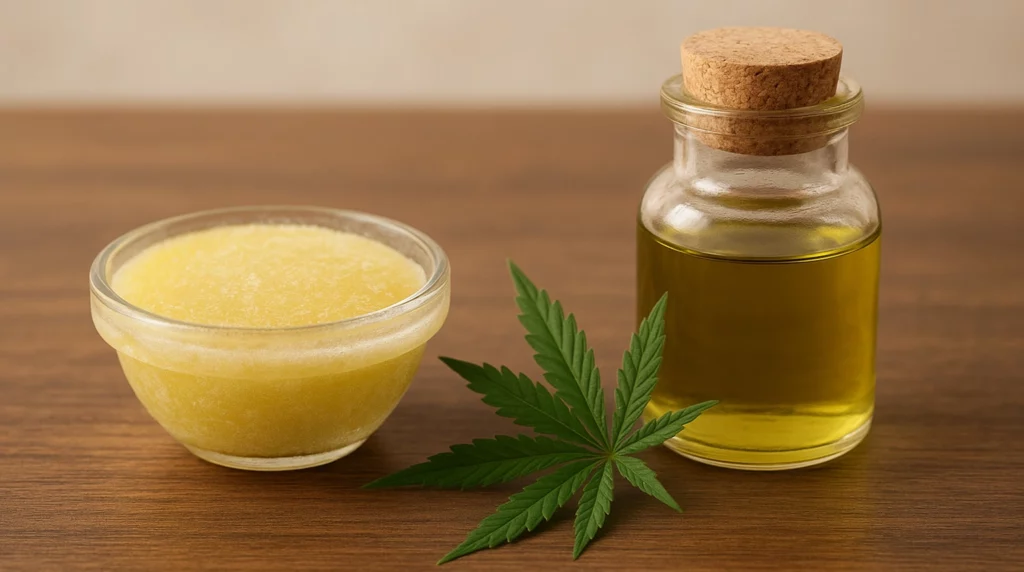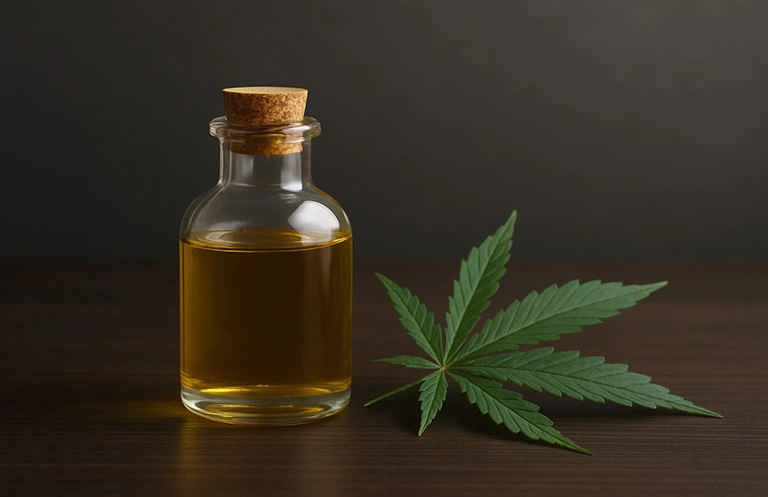Knowing how strong your edibles are isn’t just helpful — it’s essential. While homemade infusions can’t match lab precision, a simple formula can get you surprisingly close to the real dose. Here’s how to do it, step-by-step.
Why Potency Matters
The effects of edibles are hard to guess — they hit late, hit hard, and they linger. Getting the dose wrong means sitting through hours of discomfort or feeling nothing at all.
That’s why we calculate: to avoid surprises.
What Affects Edible Strength?
- THC percentage of your cannabis
- Efficiency of decarboxylation
- Infusion method (and how well you mixed it)
- Body weight, metabolism, and tolerance
- Whether you’ve eaten recently
Even if you know your math, your body might respond differently. So always start small.
Step-by-Step: How to Calculate THC per Serving
1. Estimate THC in Your Flower
First, turn THC percentage into milligrams:
THC in mg = grams of flower × THC % × 100
Examples (1g flower):
- 10% THC → 100 mg
- 15% THC → 150 mg
- 20% THC → 200 mg
2. Adjust for Decarboxylation
Not all THCA becomes THC. A good rule is to reduce total THC by 10% after decarbing.
Adjusted values:
- 100 mg → 90 mg
- 150 mg → 135 mg
- 200 mg → 180 mg
POT by NOIDS optimizes this step — for consistent results every time.
3. Calculate Infusion Strength
Now, determine how much THC made it into your butter or oil.
Example: You decarb 1g of 20% THC cannabis → 180 mg THC post-decarb. Assume full transfer to butter: 180 mg THC total
4. Divide by Number of Servings
Take the total THC and divide by how many edibles you made.
Examples:
- 180 mg / 18 cookies = 10 mg per cookie
- 90 mg / 30 gummies = 3 mg per gummy
- 54 mg / 2.5 mg (desired dose) = ~21 servings
What’s an Average Dose?
- 2.5 mg THC – for new users or microdosing
- 5 mg THC – mild to moderate experience
- 10 mg THC – strong, not recommended for beginners
- 20+ mg THC – for high-tolerance users only
Wait at least 2 hours before deciding to take more.
Tips for Accurate Dosing
Mix Evenly
An accurate calculation means nothing if THC isn’t distributed evenly. Stir your butter/oil thoroughly before cooking or baking.
Test a Single Portion
Start with one serving and track your response. Wait, observe, then decide.
Use a Calculator
Too tired to do the math? Try our Potency Calculator →
Final Note
No method is 100% perfect at home. But with good math, careful prep, and a bit of caution, you can get close enough for comfort — and avoid accidental couch-lock.
If you want repeatable results, the POT by NOIDS helps dial in each step: decarb, infuse, measure. Confidence in your edibles starts with good process.










